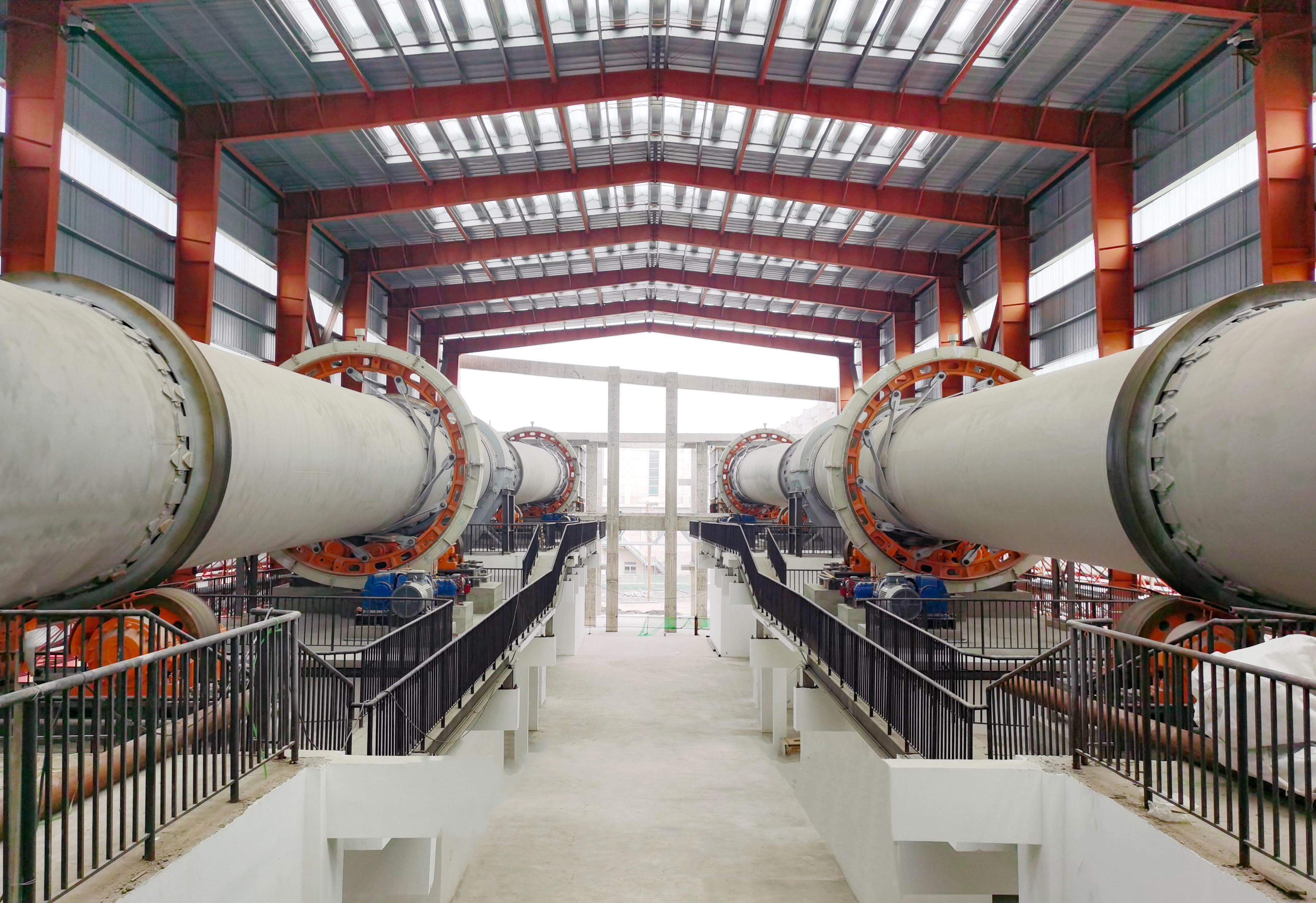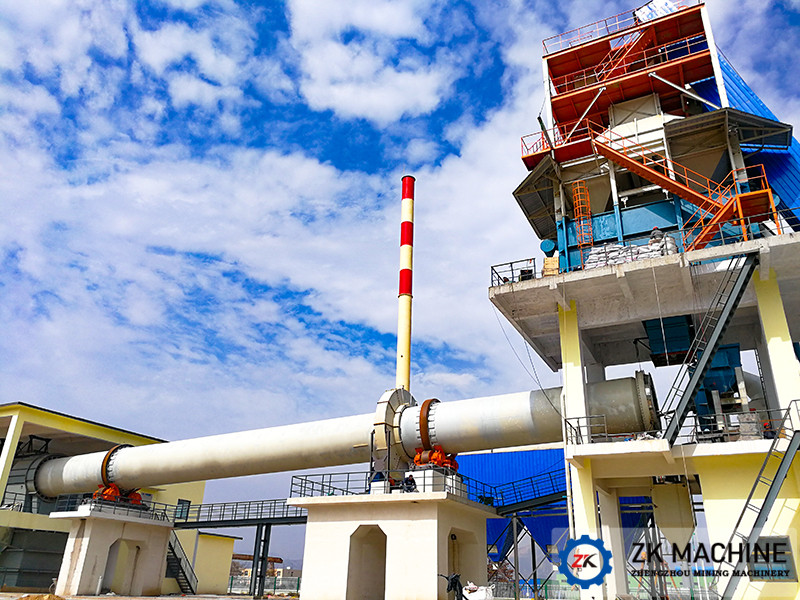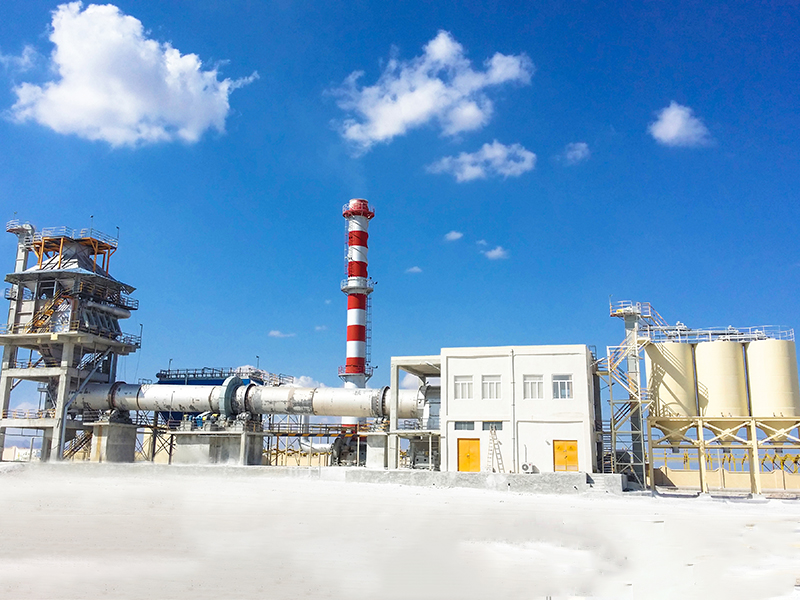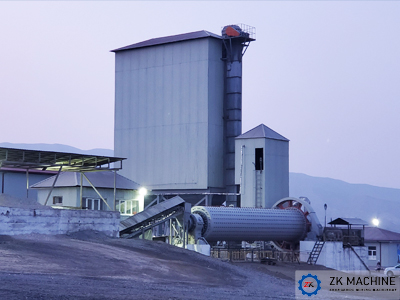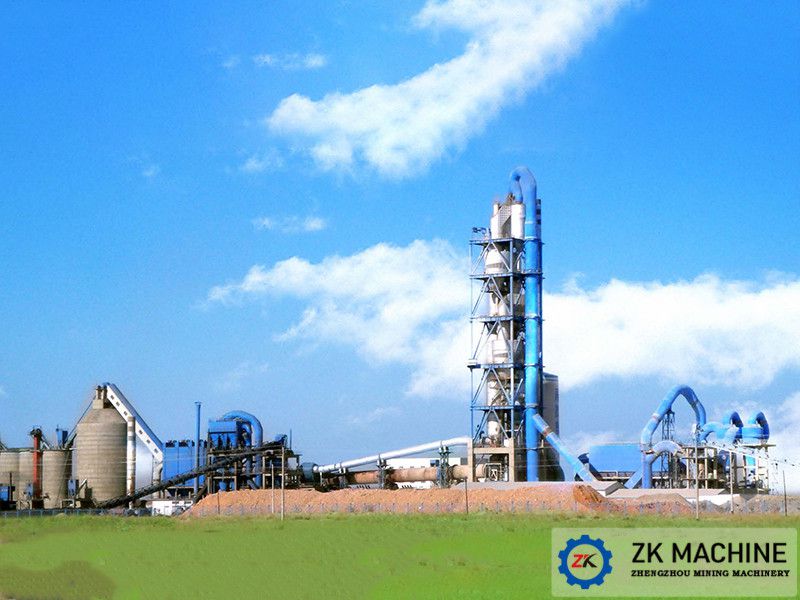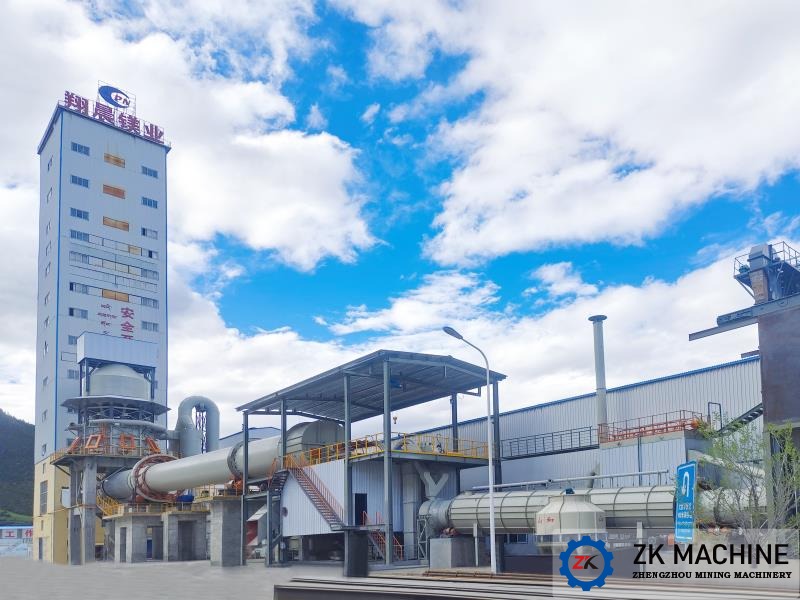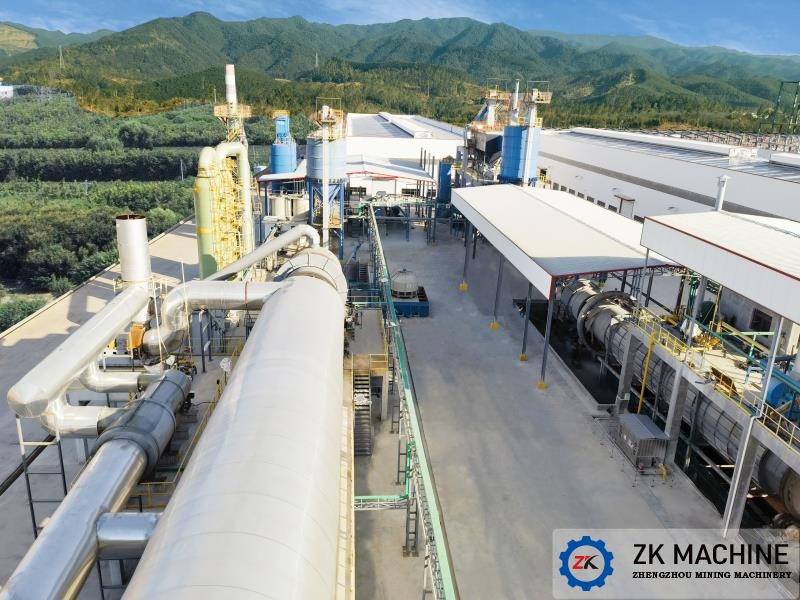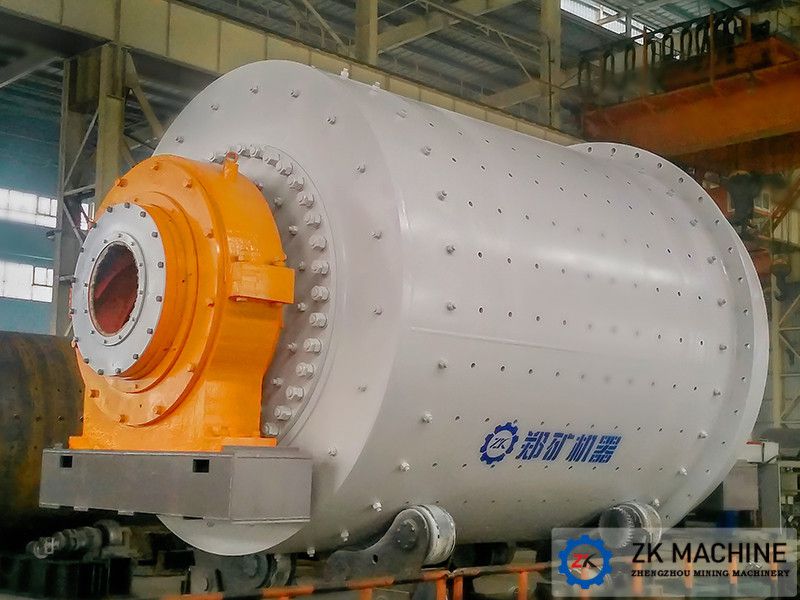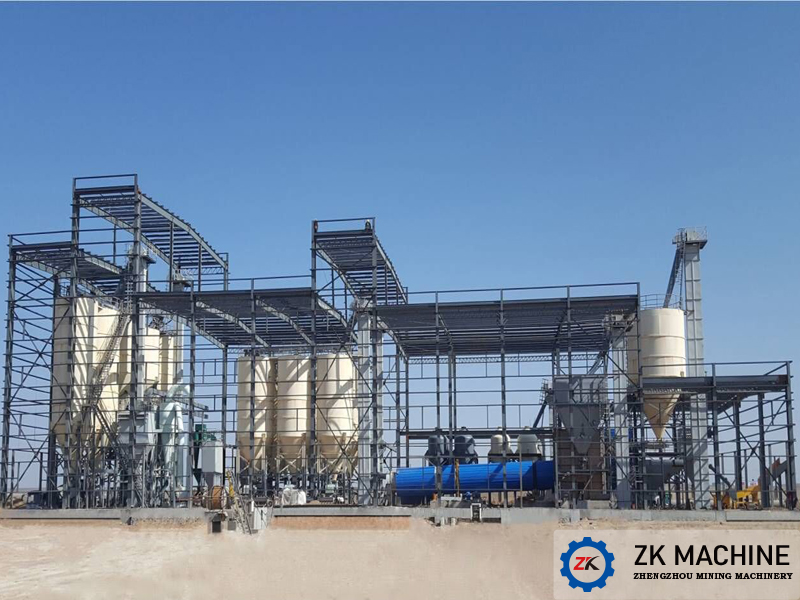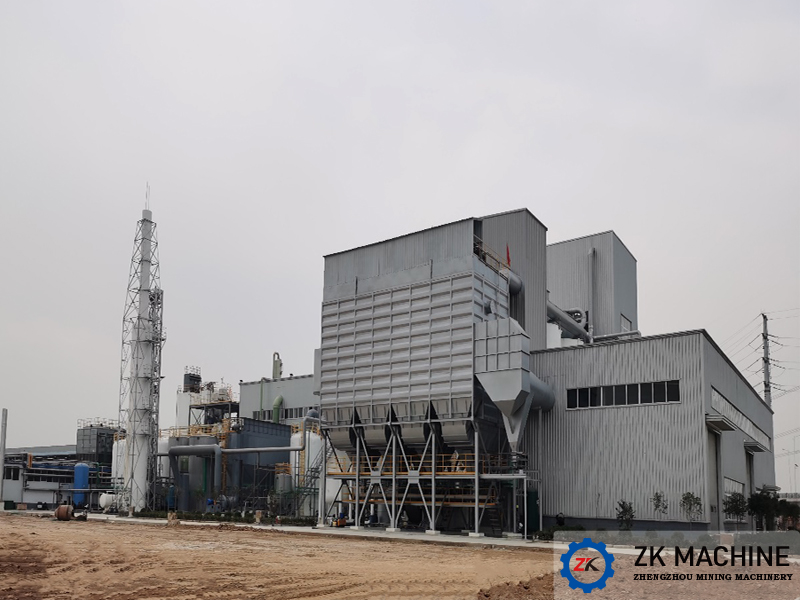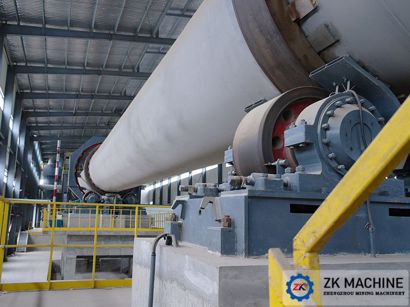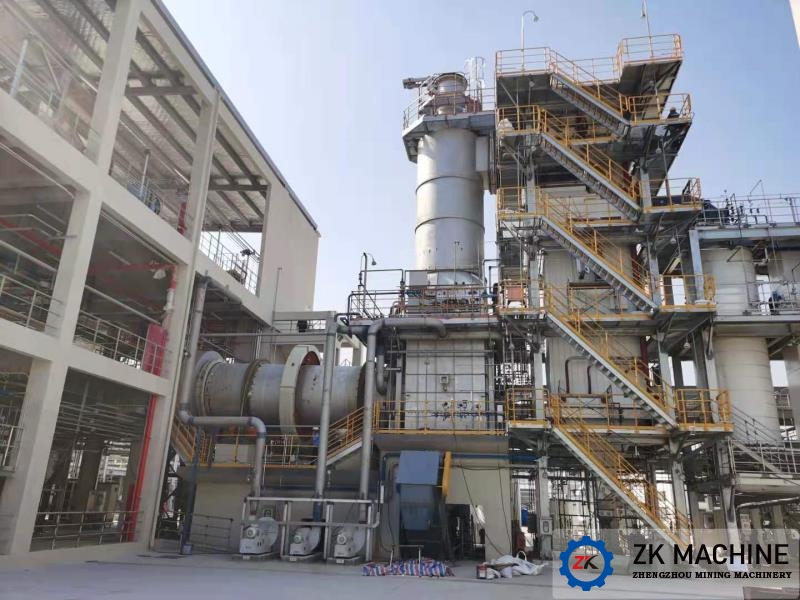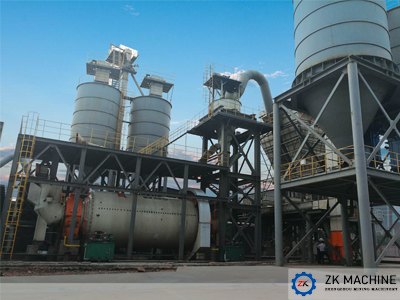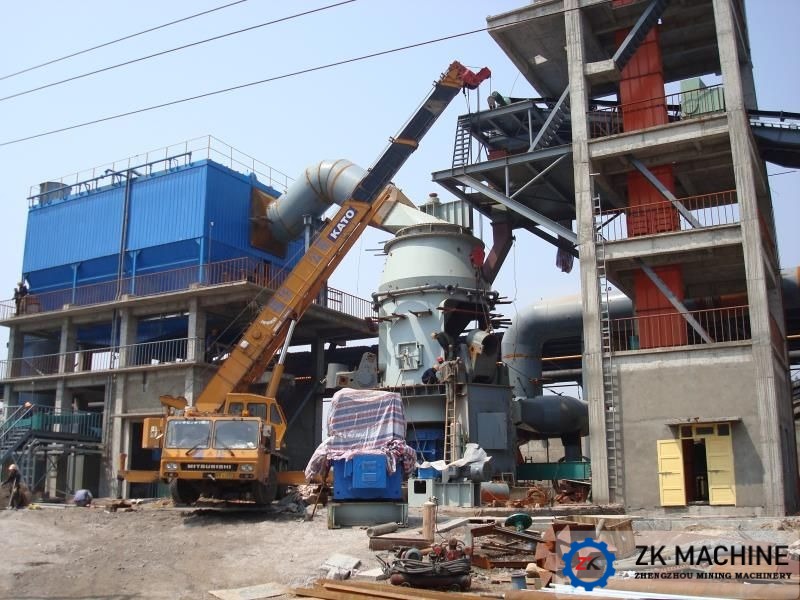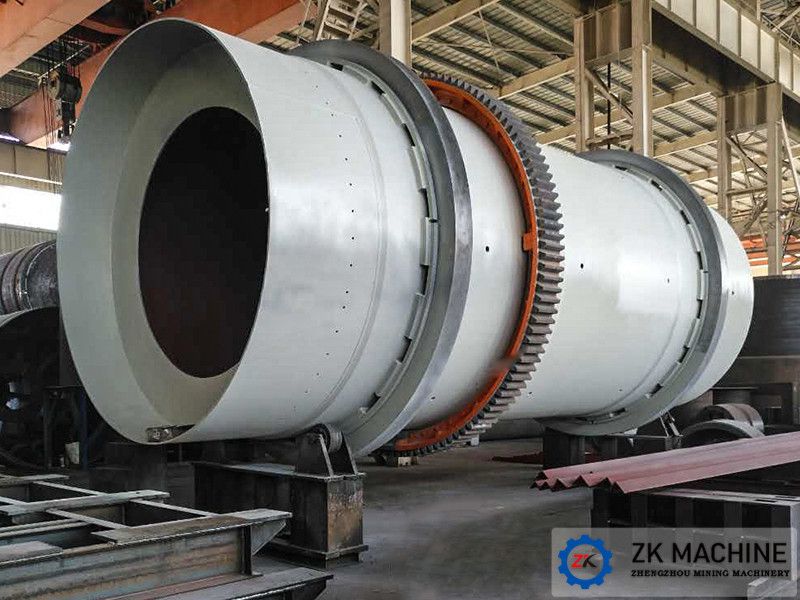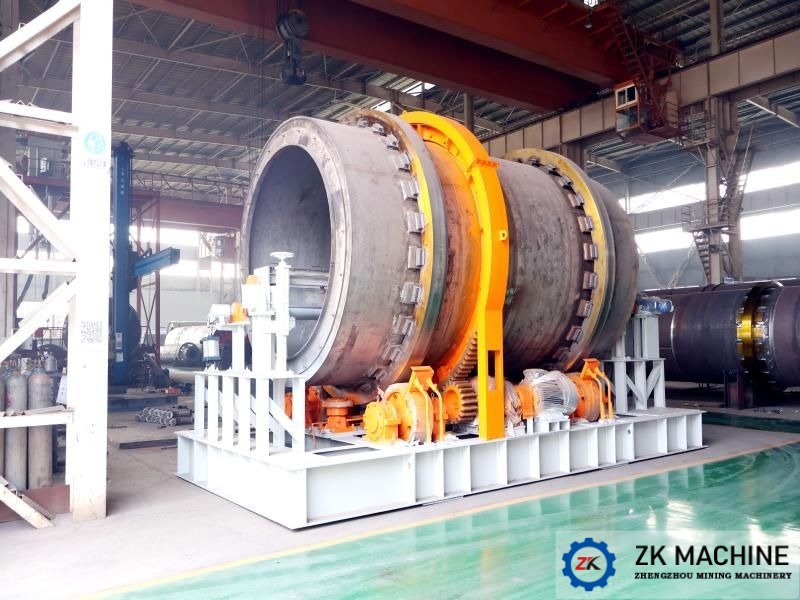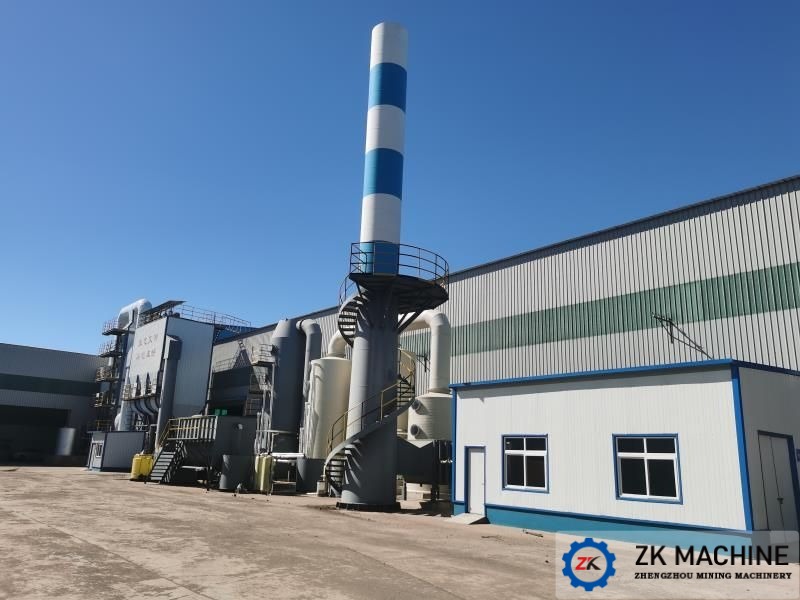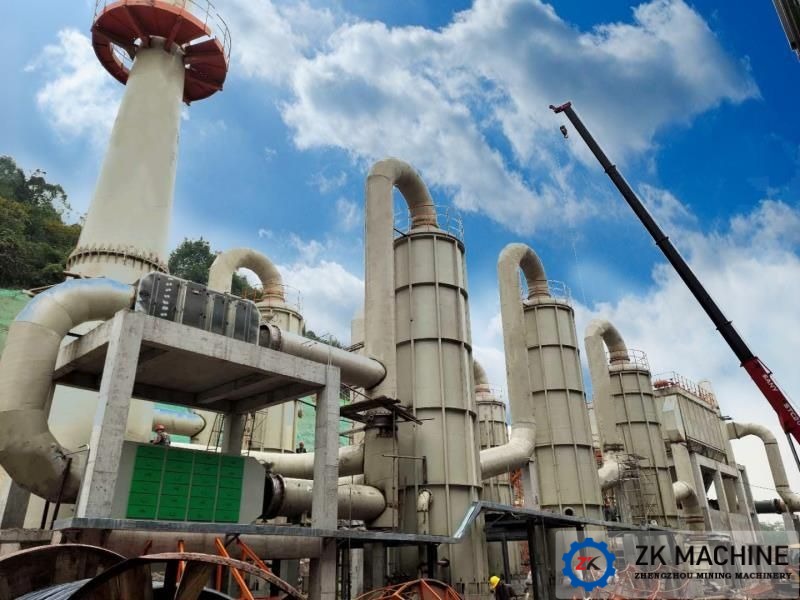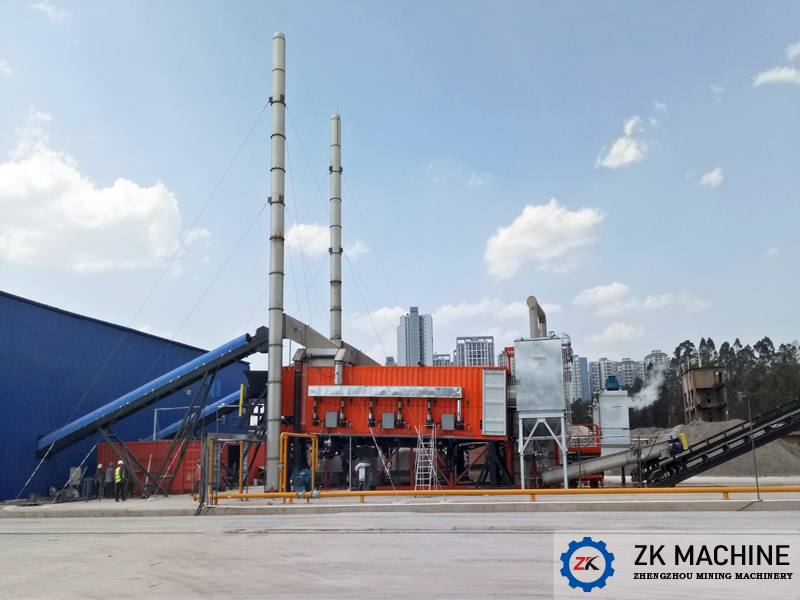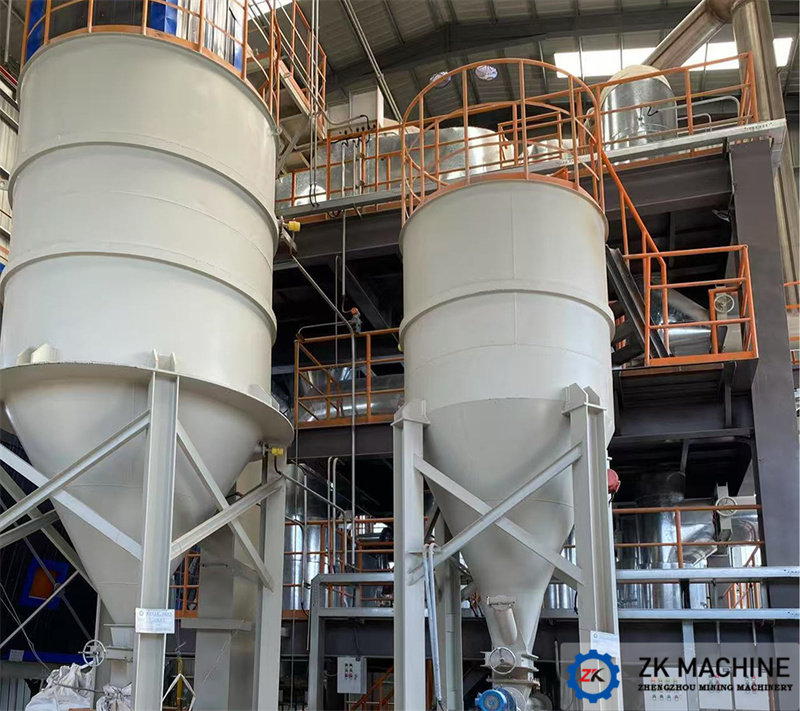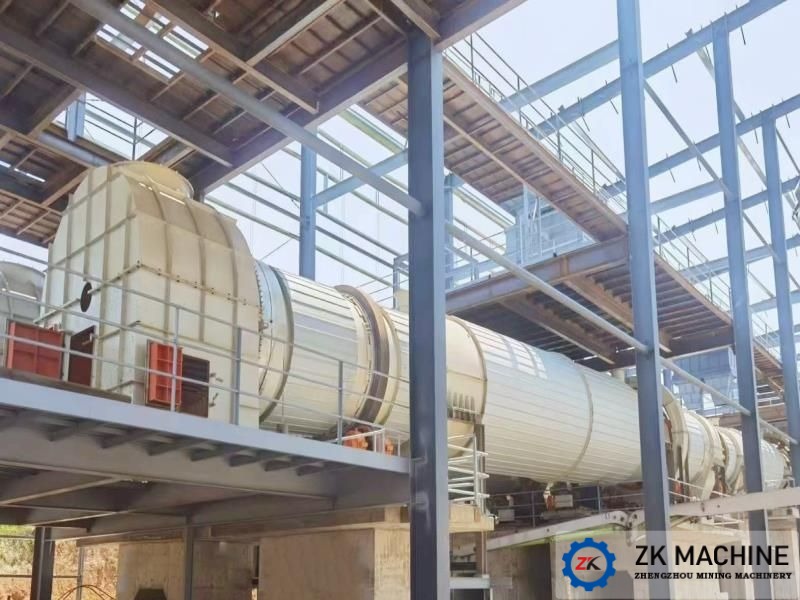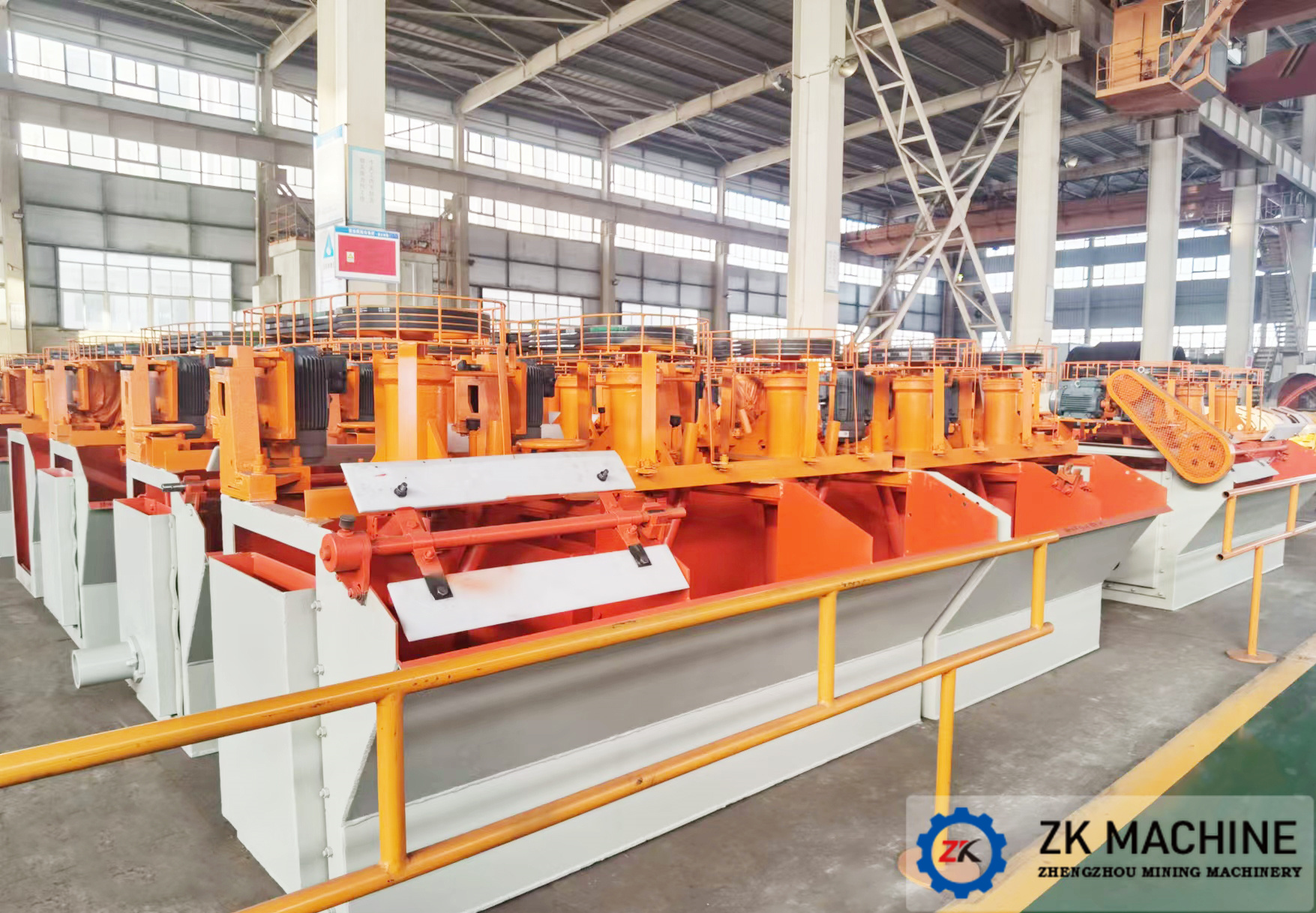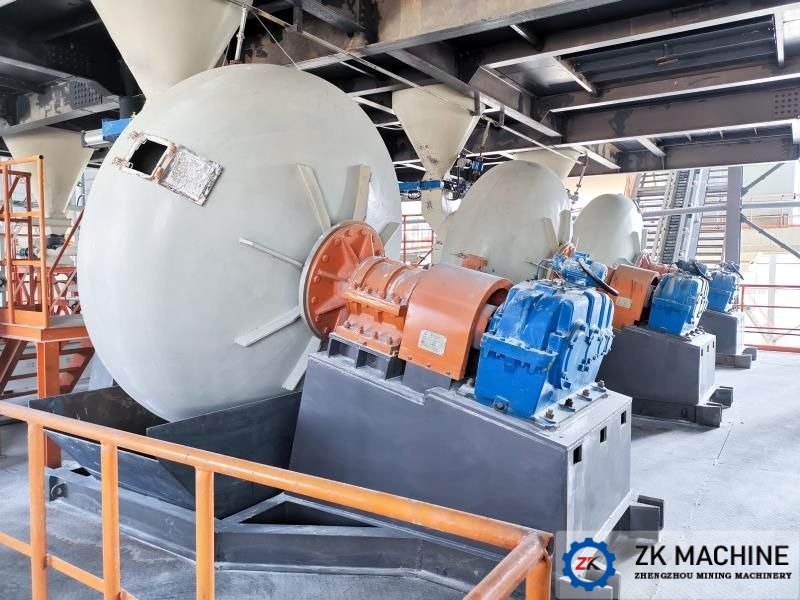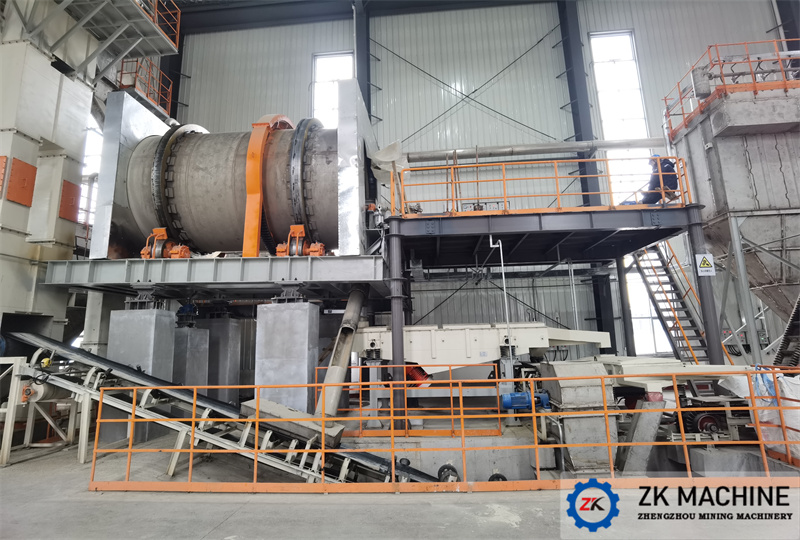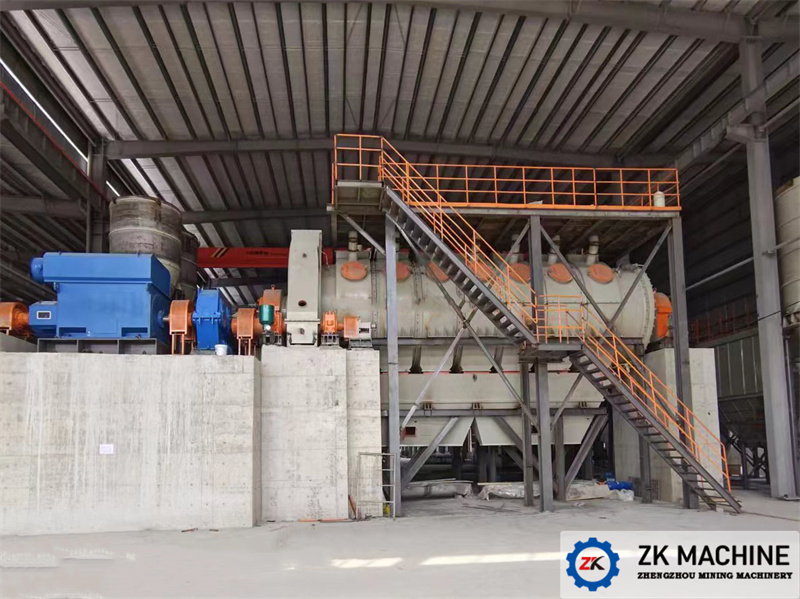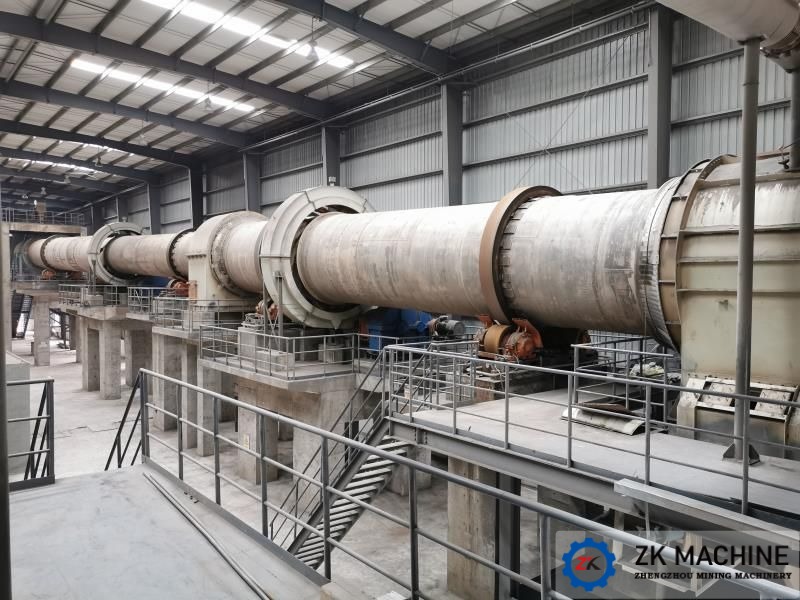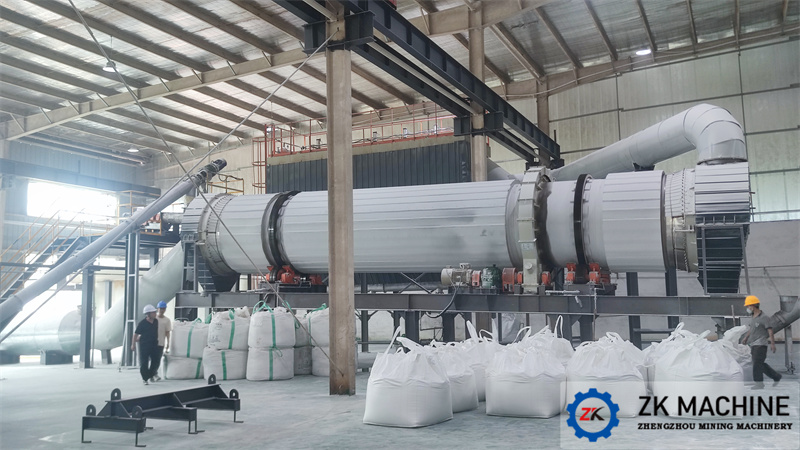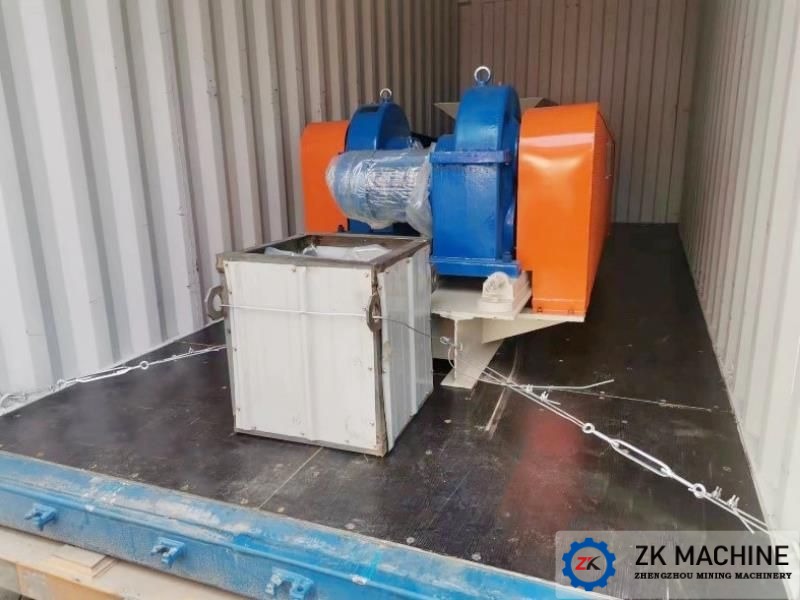Installation of Ball Mill Lining Plate
The inner surface of the ball mill barrel is generally equipped with lining plates of various shapes. The lining plate is the main wearing part of the ball mill, and the installation of the lining plate will directly affect the performance of the ball mill.
1. After the liner is installed, the space between the liner and the cylinder end cover must be filled with cement mortar. The bolts fixing the end liner shall not be filled with cement mortar and shall be able to rotate or move in and out.
2. Lining boards are generally directional, so care must be taken during installation not to install them reversely.
3. The arc length of all circumferential gaps cannot exceed 310mm, and steel plates are used to wedge the arc length beyond it to isolate it.
4. The gap between adjacent lining plates shall not be greater than 10mm.
5. A layer should be laid between the lining plate and the inner surface of the cylinder according to the design requirements. Cement mortar can also be filled between the two, as full as possible, and the excess part is squeezed out through the strong lining bolts. After the cement mortar solidifies, the lining bolts are tightened again.
6. When installing a liner with a rubber backing plate, open the rolled rubber plate 3 to 4 weeks before installation to allow it to stretch freely; when using the rubber plate, follow the length of the rubber plate along the cylinder. Axial direction, the short side is along the circumferential direction of the cylinder.
7. Carefully check the lining bolt holes and the geometry of the lining bolts, and carefully clean the flash, burrs, and protrusions on the lining bolt holes and lining bolts so that the bolts can freely penetrate into the required positions.
8. A complete set of lining bolts should consist of bolts, dust washers (usually rubber washers), flat washers, spring washers, and nuts; to prevent dust leakage, do not forget to use dust washers during use.
9. When tightening lining bolts, a torque wrench should be used. Lining bolts of different specifications should be tightened according to the corresponding tightening torque requirements.

